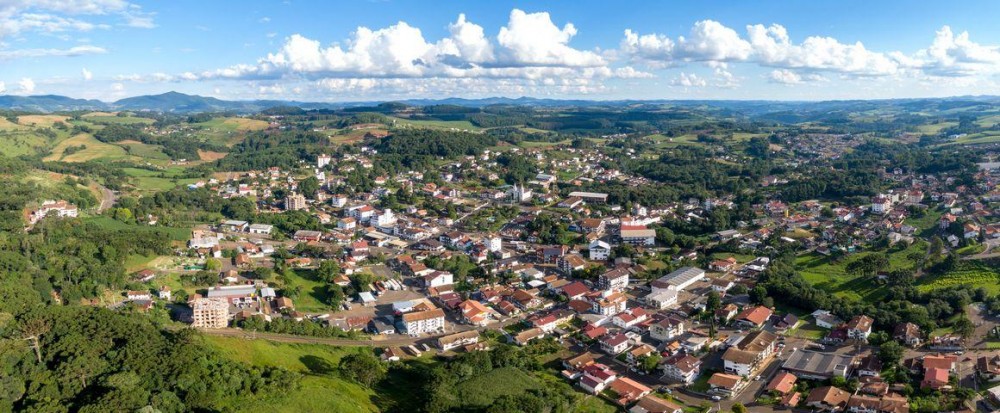France/Interactions of agricultural models: towards a new vision of territorial development
How do the different agricultural models interact with each other? What is the impact of these interactions on territorial development? These are the central questions of Coexistence and confrontation of agricultural and food models, a new paradigm of territorial development? In this book written by several authors, specialists in food systems and territorial evolution invite us to observe territorial development from another angle and to invent more sustainable governance. This is an important point of view in the run-up to the United Nations Summit on Food Systems in September.

The result of the interdisciplinary work of 36 researchers from France and abroad, this book aims to highlight the many interactions that exist between different agricultural and food models. It represents the culmination of the Format project , funded by the GloFoodS metaprogramme , which between 2015 and 2017 looked at a whole range of situations of coexistence or confrontation of these models in Europe, South America, Asia and Africa. By shedding light on these interfaces, the authors open up a new research front. To this end, they propose a framework for analysing these interactions according to four fundamental dynamics of territorial development: diversification, innovation, adaptation and transition of food systems. The firm intention is to " determine the conditions for the coexistence of these models, which would be conducive to sustainable development", adds Claire Cerdan, a geographer at CIRAD and co-coordinator of the book.
A plurality of agricultural and food models
Today, the dominant agricultural model is industrial agriculture. Although this industrialization of crops and livestock has made it possible to reduce food production costs and improve availability, this form of intensive agriculture not only has health, environmental and social impacts, but also runs the risk, in the long term, of compromising our food security. However, there are many forms of agriculture and food that differ from this dominant model in terms of their production methods, the techniques used, the way they organize their work and the way they market their food. " Globalization has not standardized agricultural and food models," confirms Claire Cerdan. And these alternative models, such as agro-ecology, peasant agriculture or short circuits, are gaining recognition and interacting with the so-called conventional model. Yet "it is the interactions between these different models that confer, under certain conditions, capacities for diversification, innovation, adaptation and transition of food systems. »
Field-tested
To validate this central hypothesis of the book, the authors present several studies of food systems in various territories around the world, for example in the state of Santa Catarina, in southern Brazil. Until the 1990s, this region saw farmers and agribusinesses specialize in the production of fresh pork and poultry," says Claire Cerdan. But once the Brazilian market opened up to competition, food manufacturers had to diversify their activities considerably to maintain their competitiveness, in particular by preparing prepared meals and frozen products or by promoting agro-industrial know-how through trade fairs. "Many farmers were excluded from this industrialized model. Many farmers were excluded from this industrialized model and turned to farm-based and artisanal production, which today sells its products mainly to the workers of these agri-food industries. "The coexistence of these two models confirms that specialization and diversification are part of the same process of adaptation to the global system," says the geographer.
From confrontation to coexistence
Beyond a simple temporal analysis, this book considers the ins and outs of the components of territorial food systems. In particular, it specifies how the various actors interact, and around which objects. This allows the authors to show that the interactions between the different agricultural and food models take various forms: cohabitation, complementarity, synergy, hybridization, competition, confrontation, exclusion, etc. But also to propose ways to promote, in the end, the transition of food systems towards greater sustainability. " In particular, it is important not to set the different agricultural models against each other in a Manichean way and to highlight small initiatives without completely excluding the dominant model," Claire Cerdan explains. Because it is the heterogeneity of agri-food systems, linked to the "conflicting coexistence" between these models, that strengthens their capacity to transition towards more sustainable development of the territories.
Source: www.cirad.fr


